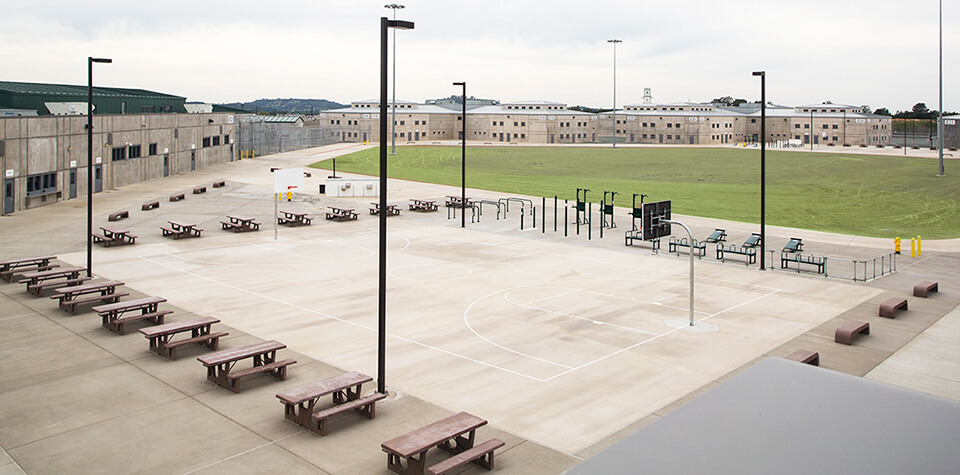Seeing is Believing
How partnering done right is producing partnering advocates one project at a time.
Many of our clients become life-long advocates of partnering after experiencing how powerful it can be when implemented correctly on their most challenging projects. Such was the case for Jim Pappas, Vice President of Hensel Phelps, Northern California and new Vice President of the International Partnering Institute (IPI) Board of Directors.
After winning a Sapphire John L. Martin Partnered Project of the Year Award for the $373.4 million Mule Creek Infill Complex project, Pappas sat down with Partnering Magazine to provide his thoughts on the importance of partnering in the construction industry and how it made a big difference on the Mule Creek project.
Facilitated by Master Level Facilitator Neal Flesner, the 544,000-sq. ft. prison project was built to provide adequate healthcare and relieve overcrowding for inmates in the Mule Creek State Prison. The project entailed construction of a modern correctional facility spread across 25 new buildings and 80 acres. Completed in less than two years, the new complex accommodates space for 377employees and provides 264 inmate beds, classrooms, and healthcare spaces in an energy efficient facility.
To help align the team and successfully complete this fast-paced, two-year long project, a formal partnering program was initiated by CDCR at the project’s outset. Over the course of the project, eight partnering sessions were conducted, and a Partnering Charter was created to establish a foundation for effective communication, as well as to identify common project goals and key areas of focus.
“Formal Partnering brought together CDCR, Hensel Phelps, Gilbane, Kitchell, and Vanir executives to discuss and strategize what their main focus and top goals would be, as well as how to remove roadblocks from slowing the project down,” said Timothy Vice, Project Director, CDCR. “In the working group partnering sessions, focus groups were established and became the areas where active and open discussions took place to solve any challenges facing the next phase of the project.”
Resulting from this collaborative partnership, the project team persevered through multiple project challenges and ultimately met or exceeded all goals related to scope, schedule, quality, safety, and budget, including:
- completing the project two months ahead of schedule
- maintaining a zero lost-time safety incidence rating
- saving $6.4+ million due to partnering
- delivering exceptional quality with zero formal exception notices issued throughout the life of the project, and
- building strong relationships among all project stakeholders, including the local community
Read the Partnering Magazine Q & A with Pappas (PDF) to learn more about the benefits partnering provided for the Mule Creek Infill project, and why he later helped IPI move to the next level by serving on the organization’s Board of Directors.

